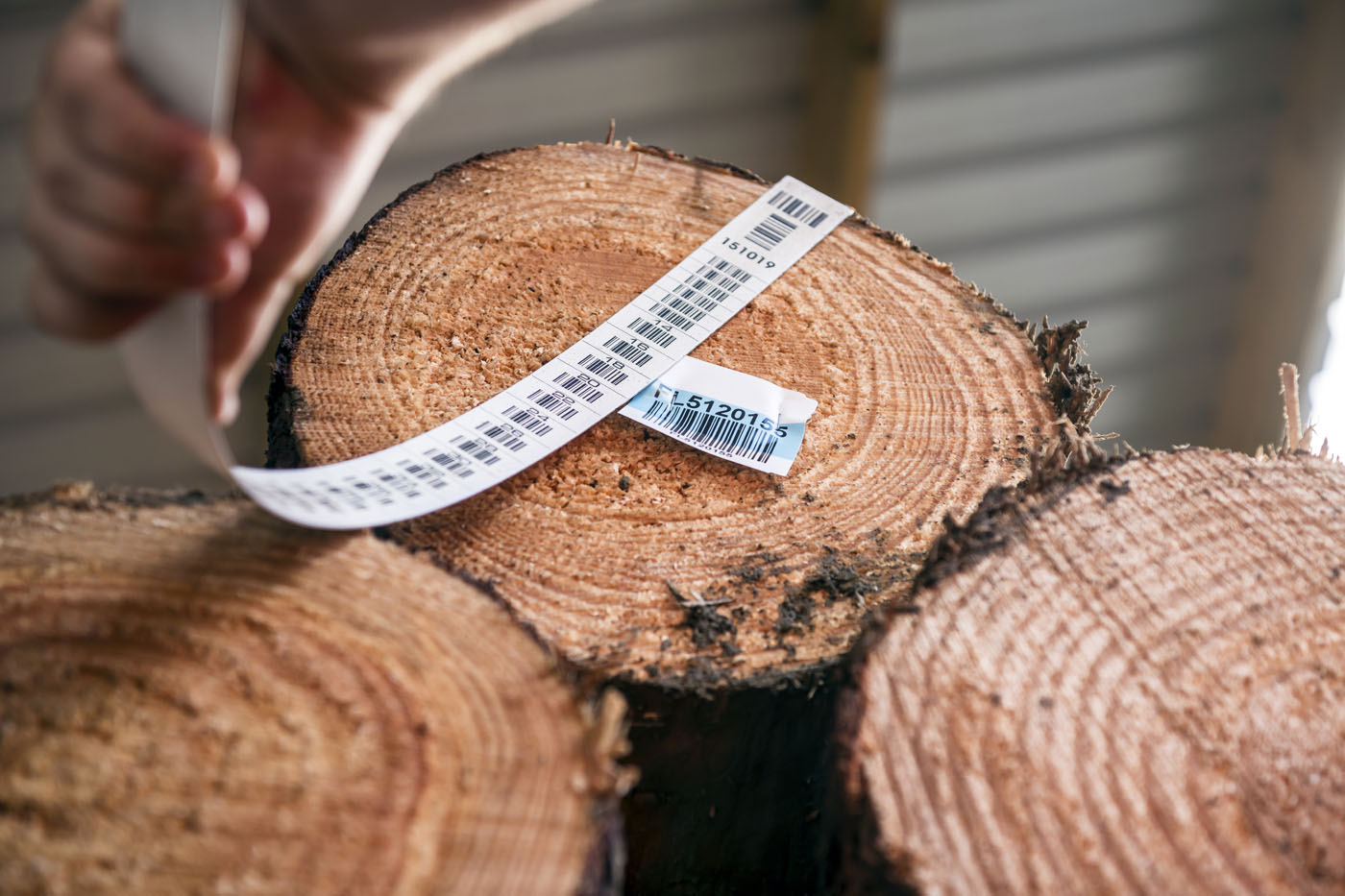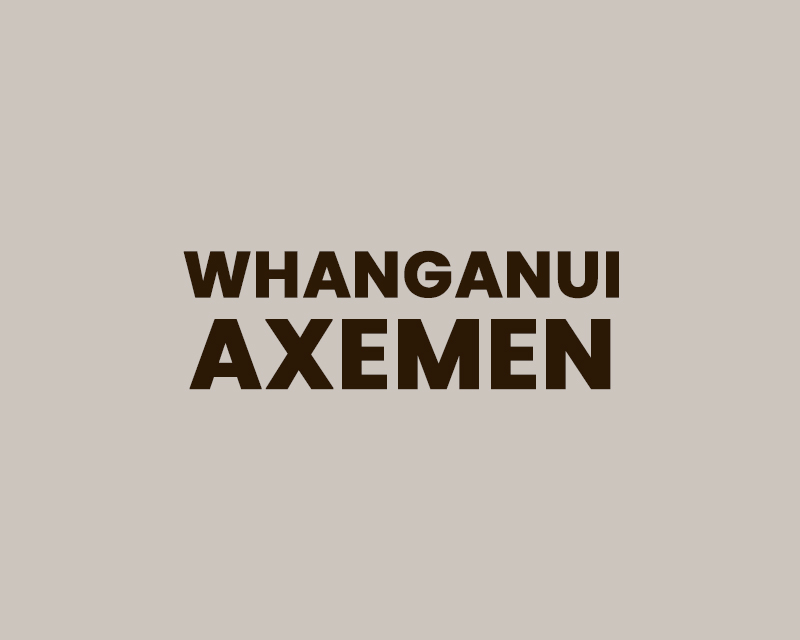
August 2023 Market Update
Marcus Musson, Forest360 Director
Opinion Piece
Moving into electioneering season we are starting to see our political masters throw cash promises at potential voters like candy to kids, seemingly without any real analysis of return on investment or project viability (lucky we’re also promised free dentistry). If you’re part of the primary sector, it’s unlikely much of this cash will migrate our way but we’ll be the ones paying for the privilege through taxation and increased costs while being kicked around like a political football.
There’s been a fair amount of press around the issues the forest industry has been facing including an over-reliance on China and the risk of one market taking 60% of your products. It doesn’t matter if we’re talking logs or processed lumber, if the level of demand doesn’t support your level of supply, things are going to get stickier than a late-night fender bender on Oriental Parade. It’s no comfort (or surprise) that our dairy cousins are now also facing the same China conundrum with oversupply issues forcing Fonterra to drop their payout by a dollar per kilo of milk solid putting the payout in negative territory for many farmers, especially newbies to the game. To put some reality around this payout reduction, every $1/kilo drop wipes $1 billion from the NZ Inc income which makes the election candy throwing a bit more difficult.
The general feel amongst the primary sectors is that we are all in for a tough ride medium term especially those of us heavily exposed to China. MPI have been drinking the ‘kool-aid’ and are a bit more optimistic in their Situation Outlook for Primary Industries (SOPI). The 2023 figures forecast dairy export revenue to increase 14% to $25.1B, meat and wool to decrease 3% to $11.9B and forestry to decrease 1% to 6.5B. I would expect many in the big three sectors will be thinking these numbers are overly optimistic considering the significant headwinds we are collectively facing.
August At Wharf Gate (AWG) log pricing has seen a solid increase with A-grade now in the very high $110 to early $120/m3 mark. This lift is due to reducing log inventories, a flow-on of increased domestic wholesale prices in China and reduced shipping costs. Current off-port softwood sales in China are running in the 70,000m3 per day level which sounds huge, but is subdued compared to previous years and only marginally ahead of deliveries. We are currently entering the season of higher historical demand but, as the Chinese construction sector (and general economy) has about as much positivity as the Taxpayers Union following a visit from James Shaw, it’s unlikely that there’ll be any significant rise in construction activity. Although NZ supply has reduced due to the impact of the lower prices, rubbish weather and cost increases, the actual supply reduction won’t manifest in China until this month and buyers can see a reduction in vessel bookings going forward. There is, however, a resounding warning from Chinese buyers that we need to be very careful around pushing prices up too quickly in response to a demand increase based on reduced supply. One quick glance at the graph below shows a race to the top is almost always followed by a swift race to the bottom.
We are continually seeing an attrition rate of harvest contractors that is almost rivalled by departing MP’s. Understandably, much of this attrition is in the East Coast and regions that have a higher exposure to woodlots. The volume of repossessed or handed back logging gear sitting in machinery yards in Rotorua and Taupo is sickening and it’s a wonder the weight of all that steel isn’t making those yards sink. This will have an effect on permanent supply volumes and the silver lining may be a more stable price going forward as the ability for the harvesting sector to react to price increases is diminished.
Carbon prices came out of the blocks firing on all eight cylinders following the Govts’ hand being forced to accept the Climate Change Commission’s recommendations courtesy of a recent high court ruling. NZU pricing shot up from $34 to $65 on opening following the ruling, however trading since that has been subdued and current trades are at the $58 level. Even with the court ruling, there’s still a considerable level of nervousness from investors around what the current or next government will do in terms of ETS policy settings and this is unlikely to change until after the election. We’re not alone in seeing carbon prices yoyoing because of government fiddling. The UK carbon price has sunk to new lows due to concerns about their governments’ commitment to climate change due to proposed reforms (sound familiar?). It does highlight the sovereign risk of such investments that are at the behest of politics, especially around election years when popularity wins out to practicality.
Domestic log demand remains solid although framing timber sales are decidedly average. Pruned logs are in short supply, especially in regions predominantly supplied by the private/woodlot sector. This shortage is unlikely to change until export prices break through the $125/m3 mark and it stops raining.
The future of our industry is in domestic processing, whether it be timber, biofuel, engineered products, or bioplastics. There’s more to wood than simply cutting logs into 4×2’s. Technology is changing rapidly, and sustainability of building products and fuel is front of mind for many consumers. This will take significant investment in processing and commercially viable pathways to setting facilities up in terms of reduced red tape and protracted/unwarranted consultation. We’re pipe dreaming if we think we can handle all of NZ’s 30 million tonne harvest domestically, however any decent long-term decrease of our export supply would have huge benefits in terms of stability of price and hence forest owner returns.
So, while we’re all sucking on our political lollipops in the next few months, let’s hope the politicians remember how important the primary sector is to the country’s income…. before all our teeth fall out.













